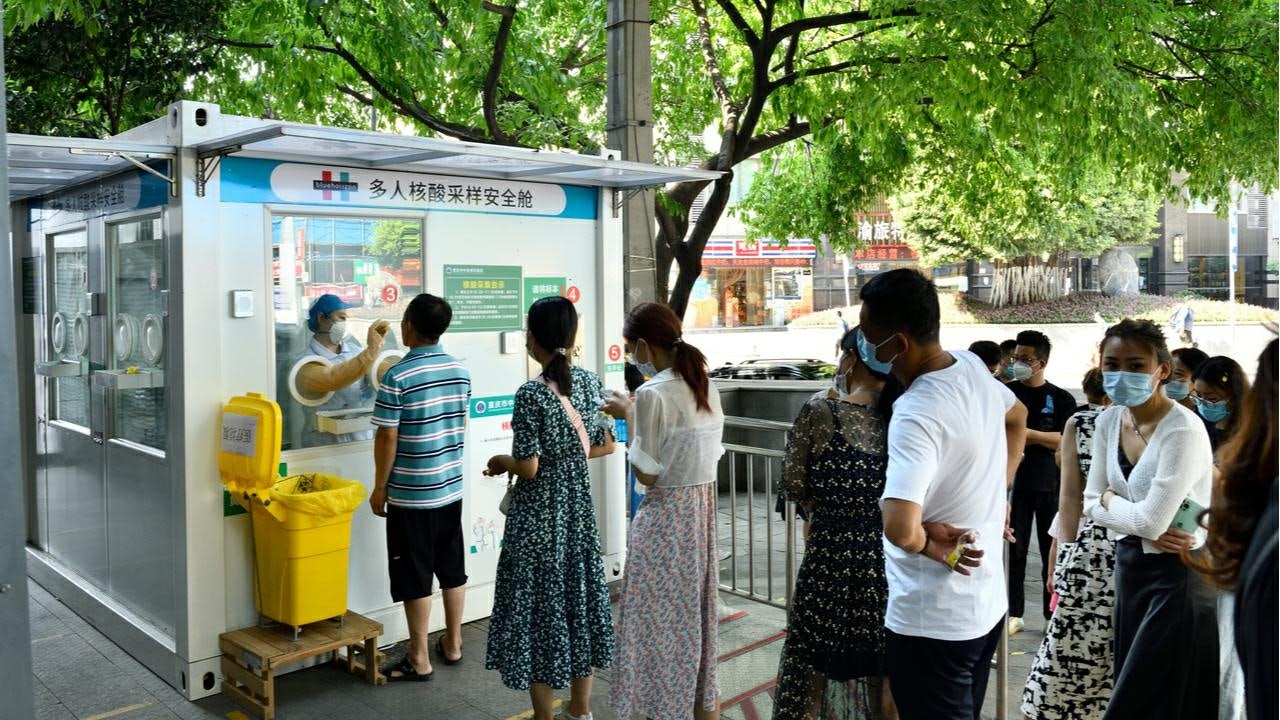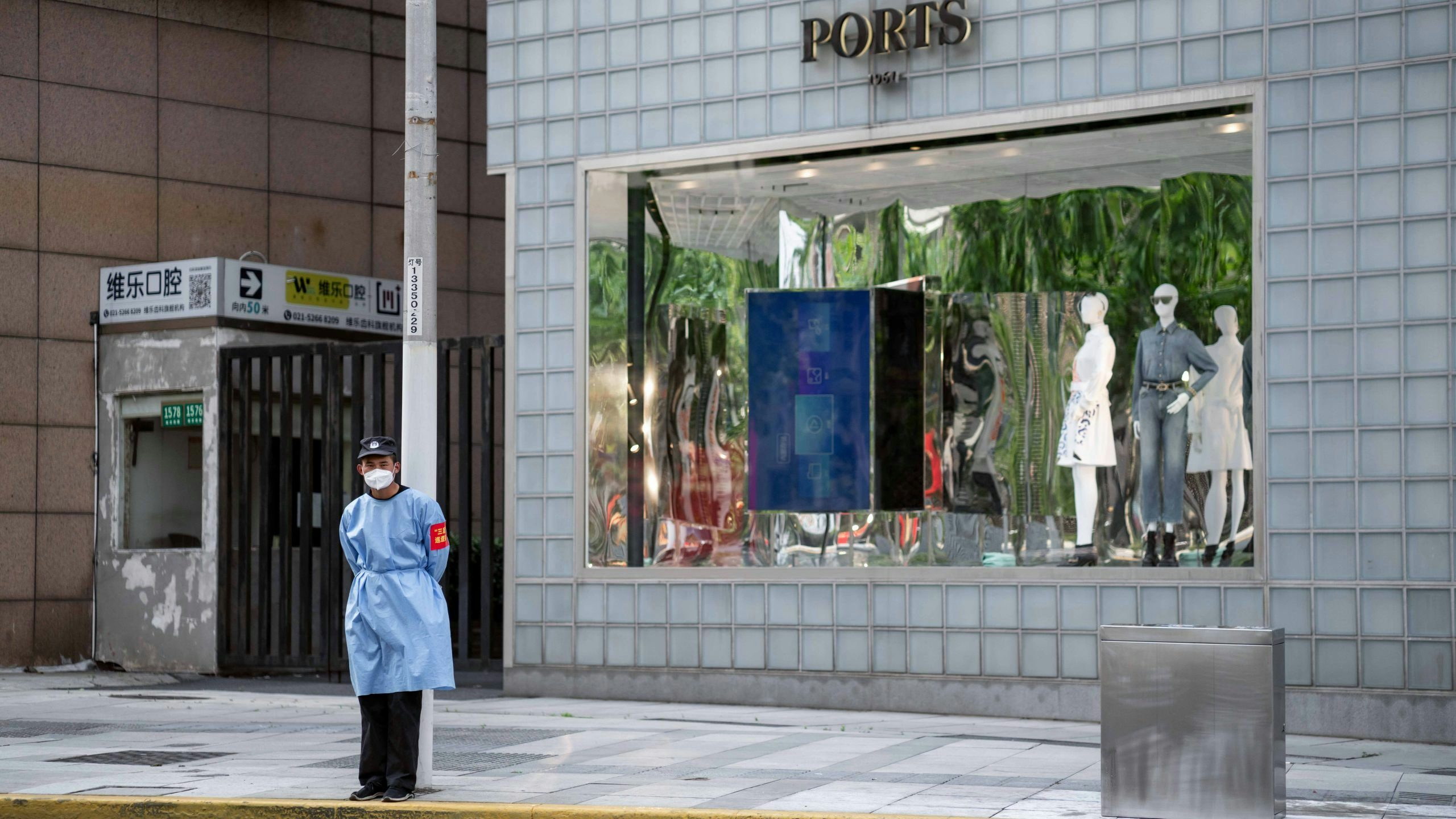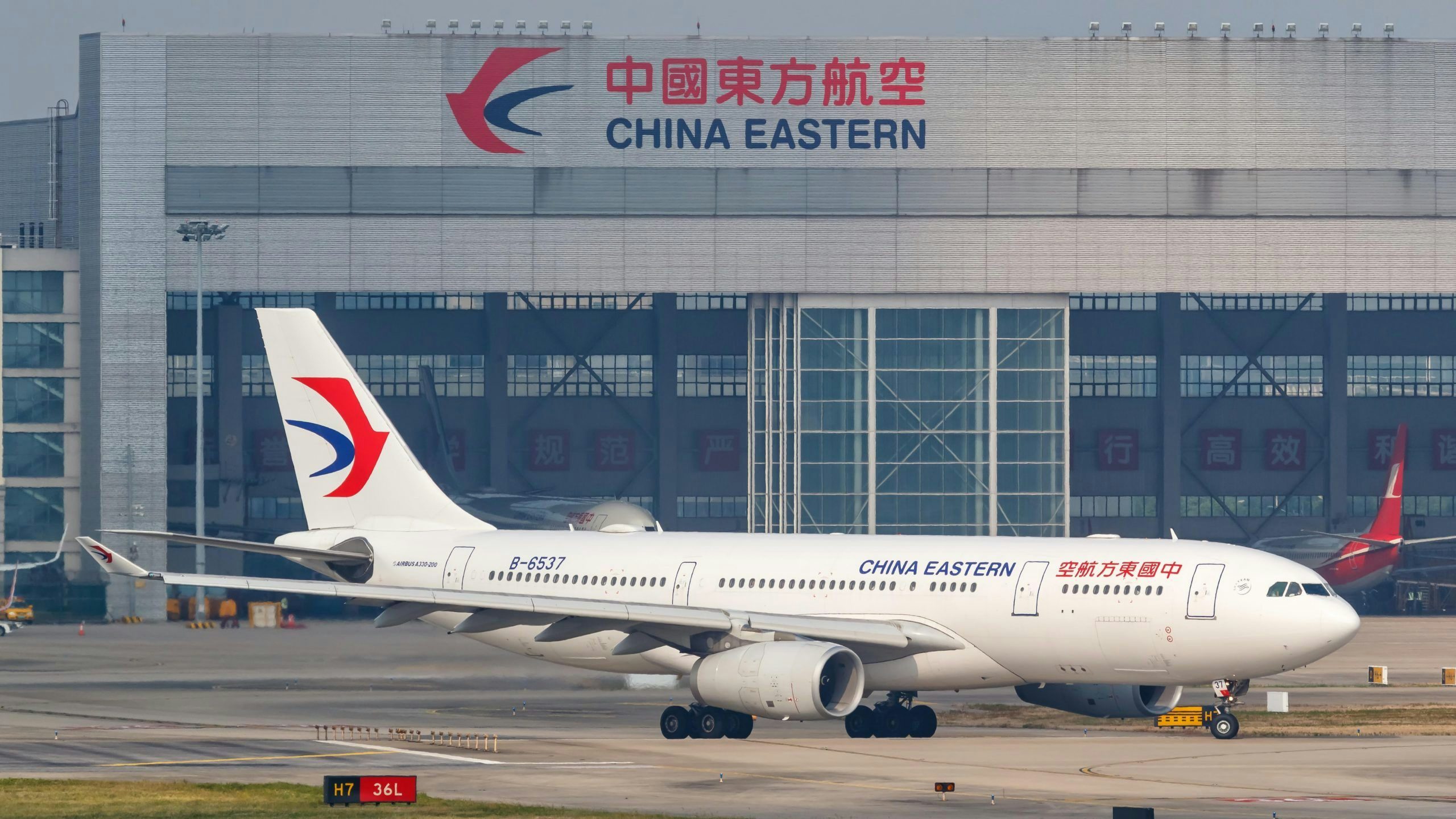What happened
Recently, several signs have given rise to speculation that China is planning to end the stringent “Dynamic Zero” COVID-19 pandemic control policy. On October 31, during the city’s most recent outbreak, the Zhengzhou health authority published a widely-circulated WeChat post describing COVID as a “self-limited disease.” The post urges citizens to stay calm and says that no special treatment is necessary in most cases. This message contrasts notably with other COVID-related official notifications, which typically characterize the disease as a grave threat to public health.
Some media outlets have also cited official sources that indicate China’s opening up is on the table. For instance, Reuters reported that Zeng Guang, former chief epidemiologist at the Chinese Centre for Disease Control and Prevention, stated at a conference hosted by Citi on November 4 that favorable conditions are “accumulating” for China’s COVID policy to “undergo major changes” in the next five to six months. Similarly, an exclusive report by the Wall Street Journal on November 7 cited “people familiar with the discussions” in saying that Chinese leaders are “considering steps toward reopening,” although there is no set timeline.
Stocks in mainland China and Hong Kong rallied last week after a screenshot of texts showing that top Chinese officials are allegedly “speeding up a conditional opening plan, with the goal of substantially opening by March next year” began to circulate on WeChat. Though it is impossible to verify the authenticity of the text since there is no information on its writer or source, the sudden optimism especially benefited hospitality, tourism, and catering stocks.
However, Chinese officials formally rebuked such speculations. At a press conference held on November 5, when directly asked if there would be an upcoming adjustment to Beijing’s pandemic control policy, a China CDC official reaffirmed that the current approach is “completely correct, the most economical, and the most effective.”
The Jing Take
Such contradictory messages and signals can confuse observers. The recent surge in speculation can be attributed to an anxious investor base that will react to any news that implies the current policies will be discontinued regardless of their authenticity, as shown by the stock rally last week.
Yet a good rule of thumb is to remember that China is highly unlikely to significantly roll back its “Dynamic Zero” measures anytime soon. After all, the recently-concluded 20th National Congress explicitly endorsed the approach. So far, official communications have given no indication that the nation will deviate from “Dynamic Zero” in the slightest.
This doesn’t mean pandemic control policies will remain static. In the past few weeks, some localities reportedly no longer require negative COVID test results for rail and air travel. Some cities also announced that residents will need to pay for their own COVID tests soon, which could mean the end of daily, mandatory COVID tests. China has also pledged to make cross-border business travels easier and to more tightly regulate the scale and length of lockdowns. Nevertheless, it is critical to view these changes within the structure of “Dynamic Zero.” The government is fine-tuning the approach’s implementations to minimize the economic impact in the face of the highly-transmissible virus, instead of abandoning its long-held principle.
If a major policy shift were to arrive, it would most likely be preceded by months-long changes in official messaging. One litmus test might be whether the Chinese health authority updates the national COVID diagnosis and treatment plan, currently in its ninth edition. If the new iteration no longer requires asymptomatic or mild COVID cases to be transferred to quarantine facilities, then there will likely be much fewer lockdowns. Other signals include announcements of major breakthroughs in vaccination, the introduction of widely-available anti-viral pills, and an acknowledgment of the World Health Organization potentially downgrading the threat of COVID-19. Until then, international businesses operating in China should remind themselves that for now, “Dynamic Zero” is here to stay.
The Jing Take reports on a piece of the leading news and presents our editorial team’s analysis of the key implications for the luxury industry. In the recurring column, we analyze everything from product drops and mergers to heated debate sprouting on Chinese social media.


